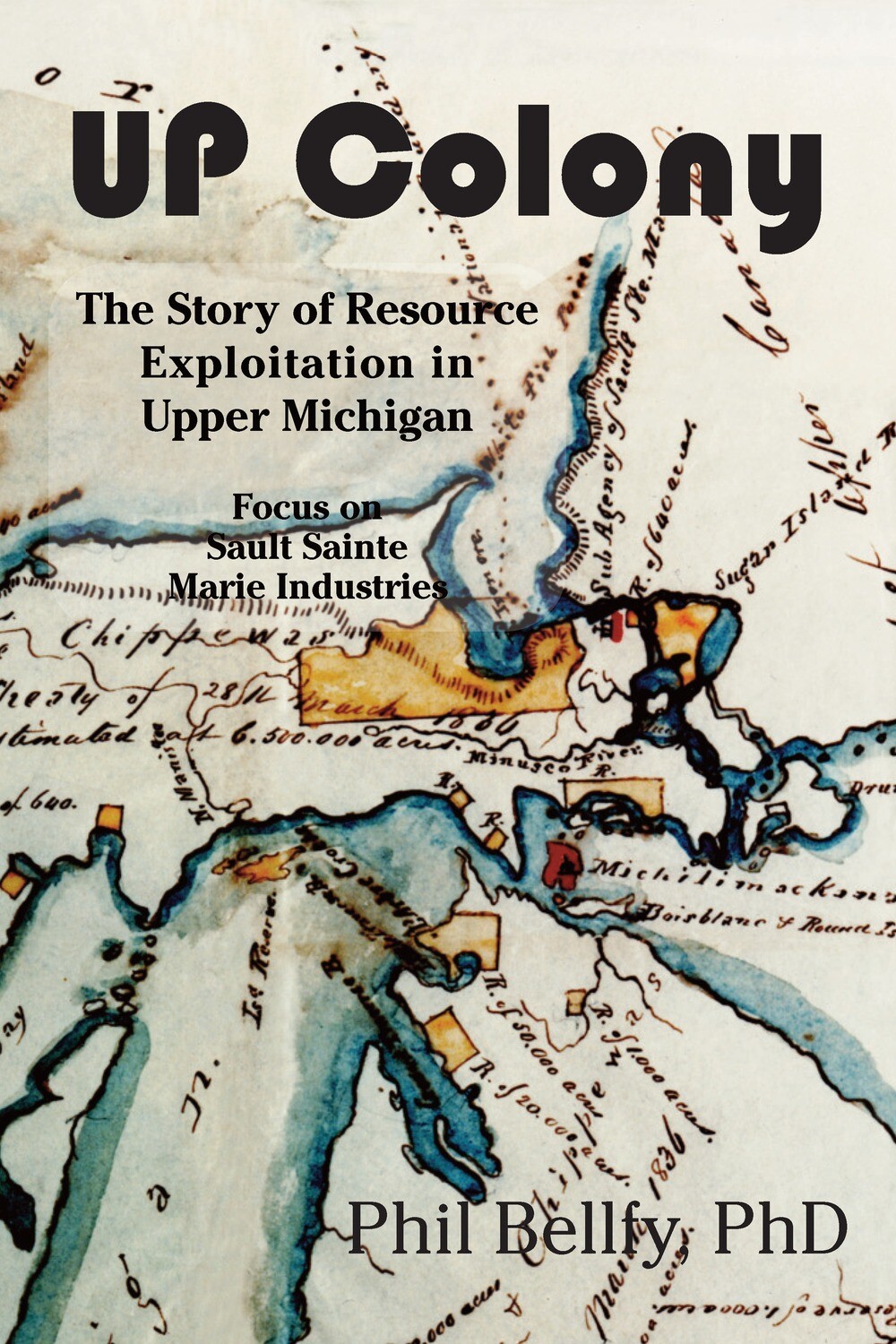Septuagenarian: Love is What Happens When I Die
By Sherry Quan Lee
102 pages
ISBN: 978-1-61599-568-4
Modern History Press
Copyright 2021
Review by LB Sedlacek
 Sherry Quan Lee has put together an unsettling yet brilliant juxtaposition of sweet and sad, love and anger that will hit you right at your emotional core. The collection Septuagenarian feels almost like heartfelt portraits of pain, disconnection, and strength all rolled into one.
Sherry Quan Lee has put together an unsettling yet brilliant juxtaposition of sweet and sad, love and anger that will hit you right at your emotional core. The collection Septuagenarian feels almost like heartfelt portraits of pain, disconnection, and strength all rolled into one.
Her poems, though, delve deeper beyond emotion presenting lines that achieve poignancy with their build-up. Context is important with any poem and Quan Lee achieves that. Her poems are fulfilling and real.
Her approach is straightforward. Poems examining her life till now offer personal and compelling details. She invites us to participate in her struggle, her internal voyages throughout the years. Her descriptions are vivid and they allow us to see beyond the setting into her internal strife.
Each poem stands alone, but each poem complements the other poem before it. Same with each section of the book. The author doesn’t let you forget that she is human and willing to bare her soul within her verses.
It’s a well-crafted book. Her words will seep into your heart and then some.






